Every few weeks it happens. The next big game is about to launch on Kickstarter, and it’s a game you’ve got to have. It’s based on an incredibly popular IP. The artwork has been done by three different artists who are at the top of their game. It hits a million dollars in pledge money within 24 hours. And it comes with over 60 different plastic mini-figures!
![]()
![]()
![]()
![]()
Oh, and by the way, it’s going to cost $120. Without stretch goals.
Many gamers like myself are always looking for the newest and most exciting gaming experiences, but we find ourselves coming up short on funds for the biggest titles. But why is that? Why are more substantial games slowly creeping towards an average price of $100, while a few titles are soaring well beyond that mark? Why are deluxe packages of games starting to reach several hundred dollars?
The Good, the Bad, and the Ugly of Kickstarter
Kickstarter has certainly been a huge help for the board game industry, and many well-made games have seen the light of day only because of the site. However, what started as a place where independent designers could go to get their games out to the public has recently become a place where large companies like Queen Games, CMON, and Cryptozoic put out heavy hitters, often including licensed properties. These games are packed to the gills with stuff, all advertised to be only available through Kickstarter. Dozens of minis that feature characters of movies and TV shows past and present. Exclusive levels that add a unique mechanic to the game. All of this seems to work like catnip for gamers, and these companies have been shipping out giant boxes all across the country for the past few years.
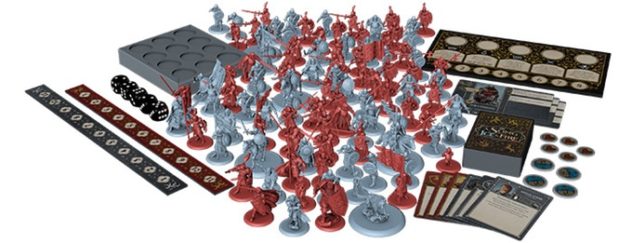
But the story often continues down a less pleasant path. The game arrives after several months, and while the customers are so excited about all the little components, they end up struggling to get the game to the table because it doesn’t quite fit their gaming group. Once it finally gets played, the mechanics are somewhat lackluster, and while everyone at the table enjoyed playing as a character with which they are familiar, they didn’t really have as much fun as they were expecting. Give it a few months or years, and that game will find itself on Craigslist, sporting a pretty hefty price tag just to try to get something back in the deal.
Why does this happen? Why can’t gamers evaluate a game as a game and not as a bunch of figurines? Well, that’s one of the issues with Kickstarter. Many games are sold based on a short playthrough video, pictures on pictures of the components, and some reviews that are often paid for and rarely highlight the negative aspects of the game. Just the way we get duped by the used car salesman, we think that this is going to be the greatest games ever, and though it may destroy any resemblance of a budget and my kids better get scholarships if they’re wanting to go to college because that fund is not going to last much longer with all these games and…
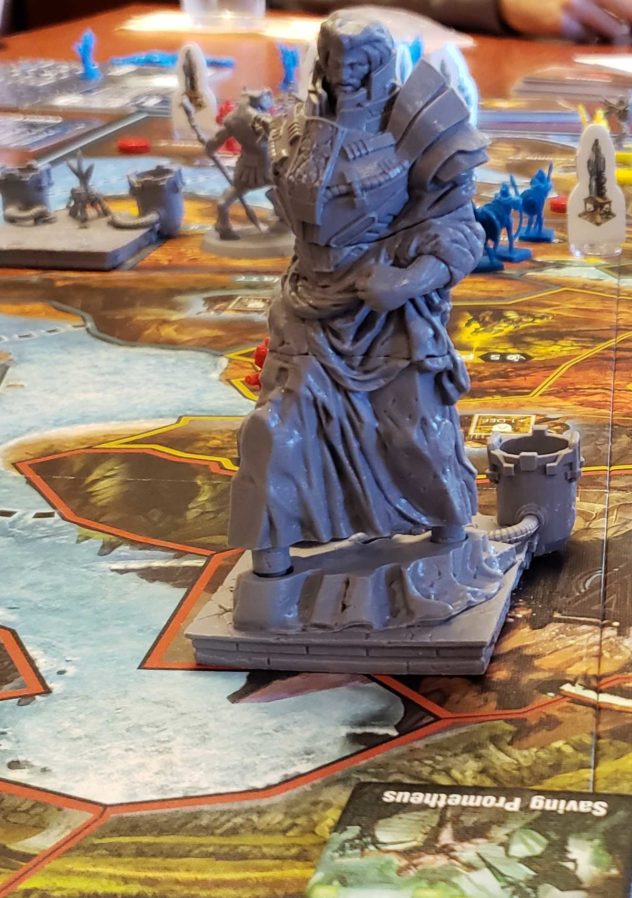
Wait, where was I?
A Classic Case of FOMO
Oh yeah. We often ignore the budget and buy this game because we “have to have it” or we fear that we’ll miss out on the next big gaming experience. I mean, it’s got Kickstarter exclusive medallions. How could you pass that up?
Take Batman: Gotham City Chronicles, released by Monolith on Kickstart last year. The game made $4.4 million, and much of that can be contributed to the fact that you have to pay a whopping $320 to get the game and its three(!) expansions. The minis are really cool – they feature Batman villains both popular and a little obscure – and the Kickstarter makes sure you know that by posting pages and pages and pages of images of the little pieces of plastic. And you’ve got to get it now, because this game isn’t going to retail!
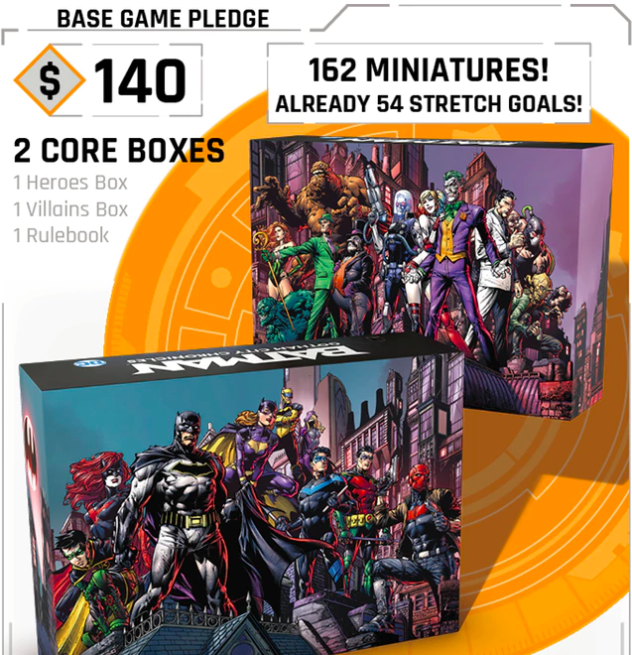
What they don’t spend all that much time telling you about is the gameplay itself. Most of what I learned is that it’s similar to Conan, another Kickstarter game that released not too long ago, but with utility belts and stuff.
Yet already the game ranks 4,472, which is not bad but is very average for a game whose base package starts at $140. If you take the time to watch some of the review videos, they say a few positive things, but they’re not overly glowing. Basically, it’s highly questionable to me if Gotham Chronicles is going to live up to the hype, or at the very least to the price point.
(Edit: These rankings were gathered several months ago when this article was first composed. As of May 23, the game now ranks 1,244 on BGG, with an average ranking of 8.5.)
Can You Afford “True” Fandom?
But what about all of us Batman fans that don’t have even $140 to spend? That’s literally 5 months of the money that I personally allot for board games when we budget. I love Batman – like for realsies. I watched Batman on repeat as a small child, and when I wasn’t being completely freaked out by Jack Nicholson, I would slide over to Cartoon Network and watch the animated series. Even though I’m a super fan, I just can’t justify spending that kind of money on a board game. Given how frugal I am and very rarely pay full price for games, I could probably end up with 12-15 games for that price. It just doesn’t make sense for me to back a game like that.
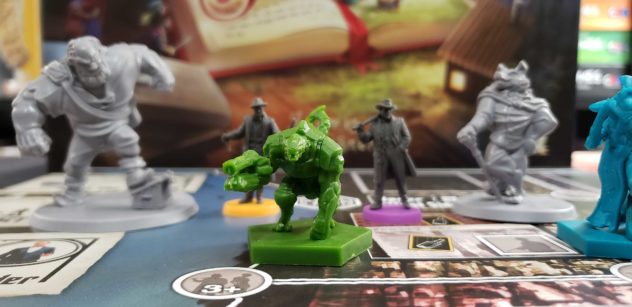
So is there a way to make the game cheaper? Well, I would think so. I’ve got to assume that cardboard tokens would be easier (and cheaper) than the three-dimensional figures you see. I’ve got to think that reducing the number of characters (or enemies) to something a little more manageable would mean less work for the seller and the artist, as well as less cost for the buyer because of the fewer parts. And in all honesty, it wouldn’t affect the gameplay experience by that much – maybe you lose a variant or two, but a well-made game can make up for that loss. No matter what the approach, I know that I would love to see the games becoming more affordable for those in the hobby.
Board Games Aren’t Toys
Here’s the thing: I want to play games. I don’t want to collect little toys. If I wanted to do that, I’d be checking out Funko Pops. While components are an important element, they can’t be the main feature of a game. We’ve seen enough failures from games like Mega Man: The Board Game, which has over 40 figures, costs $140 for the full deluxe edition, made $415K in its campaign, and is ranked 16,513 on BGG. This is a property that people love and that I think could have been a great board game. Yet it seems that the developers spent too much time trying to make fun little pieces and not enough time trying to create a pleasant playing experience. But nice, pretty plastic will never be a replacement for good gameplay.
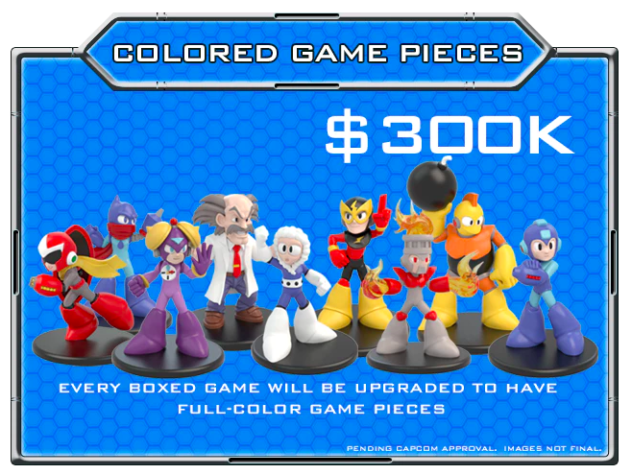
The companies aren’t going to stop until we stop giving them money. Until we stop throwing cash their direction just to pick up little pieces of plastic. I desperately hope that we are able to get out of this obsession with minis soon so that gaming companies can spend more time producing high-quality gaming experiences at prices that more people can afford. Until then, I guess I’ll go sell another vital organ to afford the next CMON game…
(Edit: A reference to Evil Dead 2 has been removed. There was an error due to poor research on my part.)

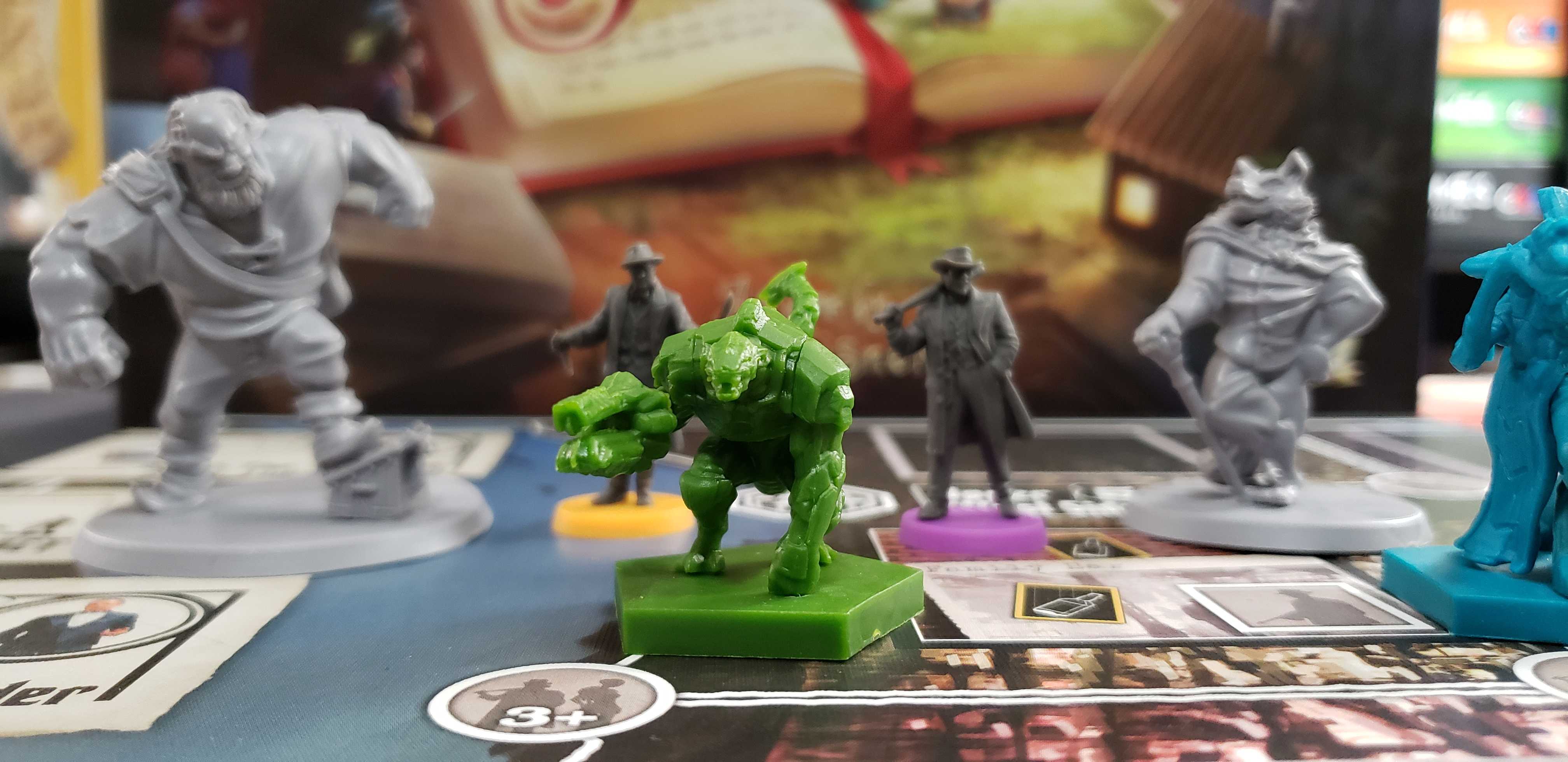

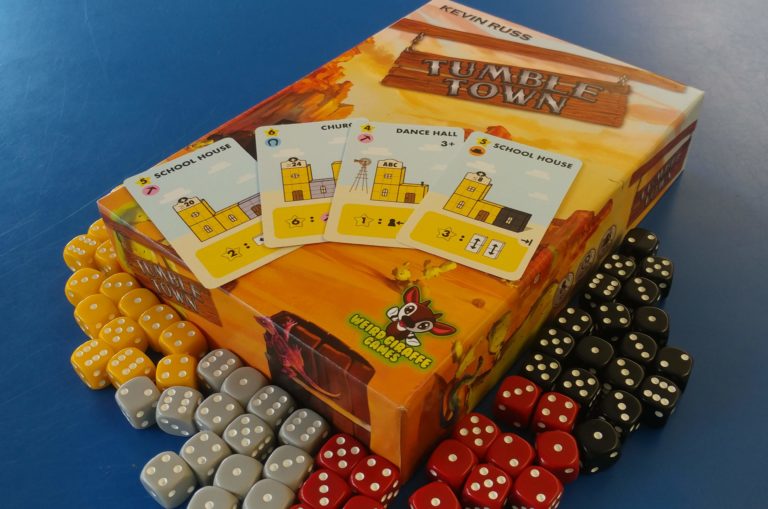

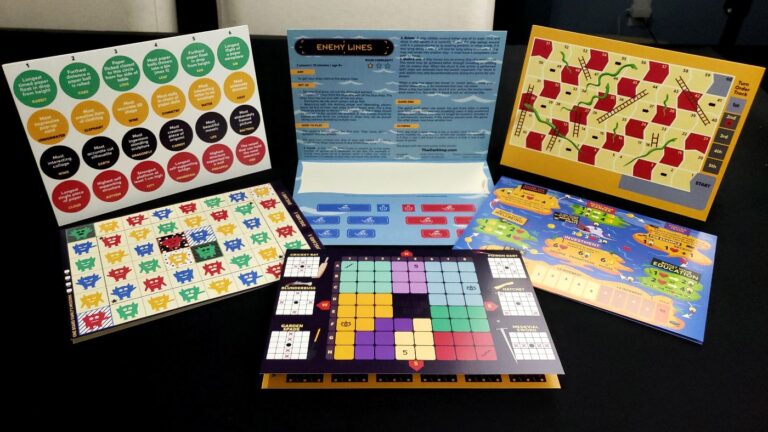
[…] Can We Stop with the Minis Already?https://oneboardfamily.com/can-we-stop-with-the-minis/?fbclid=IwAR2TYsfvV… […]